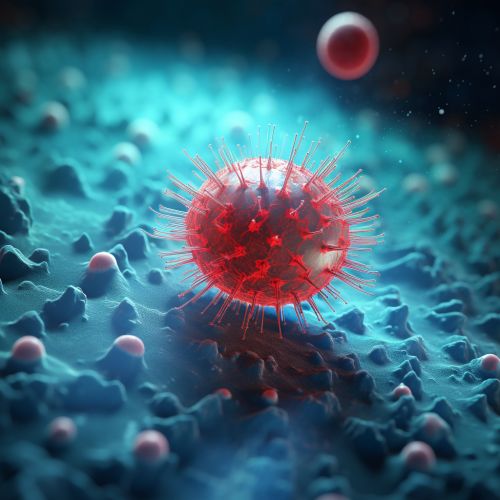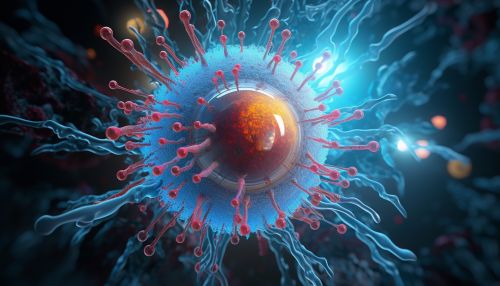Antigen-presenting cell
Overview
An antigen-presenting cell (APC) is a type of immune cell that captures, processes, and presents antigens on its surface to T-lymphocytes. This process is crucial for initiating an immune response against pathogens and for maintaining immune tolerance to self-antigens. There are several types of APCs, including dendritic cells, macrophages, and B cells, each with unique roles and characteristics.


Types of Antigen-Presenting Cells
Dendritic Cells
Dendritic cells are the most potent APCs and are often referred to as professional APCs. They are located in tissues that are in contact with the external environment, such as the skin and the inner lining of the nose, lungs, stomach, and intestines. Once they capture and process antigens, they migrate to the lymph nodes where they present the antigens to T-cells.
Macrophages
Macrophages are large white blood cells that are found in virtually all tissues. They are part of the innate immune system and provide the first line of defense against pathogens. In addition to their role in phagocytosis, they can also act as APCs and present antigens to T-cells.
B Cells
B cells are a type of lymphocyte that can also function as APCs. They are unique in that they can recognize antigens directly, without the need for antigen processing. This allows them to respond quickly to pathogens and to initiate an immune response.
Antigen Capture and Processing
APCs capture antigens through a process called phagocytosis. The APC engulfs the pathogen, enclosing it in a phagosome. The phagosome then fuses with a lysosome, forming a phagolysosome. The enzymes in the lysosome break down the pathogen into smaller pieces, or antigens.
Once the antigens have been processed, they are loaded onto a molecule called the major histocompatibility complex (MHC). The MHC is then transported to the surface of the APC, where it presents the antigen to T-cells.
Antigen Presentation
The process of antigen presentation involves the interaction of several molecules on the surface of the APC and the T-cell. The most important of these are the MHC molecule on the APC and the T-cell receptor (TCR) on the T-cell.
There are two types of MHC molecules, MHC class I and MHC class II. MHC class I molecules present antigens to cytotoxic T-cells, which can directly kill infected cells. MHC class II molecules present antigens to helper T-cells, which stimulate other immune cells to respond to the pathogen.
Role in Immune Response
APCs play a central role in the immune response. By presenting antigens to T-cells, they help to activate the adaptive immune system, which provides a specific, targeted response to pathogens. They also play a role in immune tolerance, by presenting self-antigens to T-cells in a way that induces tolerance rather than an immune response.
Clinical Significance
Defects in APC function can lead to a variety of immune disorders. For example, a lack of functional APCs can result in severe combined immunodeficiency (SCID), a condition characterized by a severely weakened immune system. On the other hand, overactive APCs can contribute to autoimmune diseases, where the immune system mistakenly attacks the body's own cells.
APCs are also a target for many pathogens, which have evolved strategies to evade or manipulate the antigen presentation process. Understanding these strategies can provide insights into the pathogenesis of infectious diseases and potential treatment strategies.
